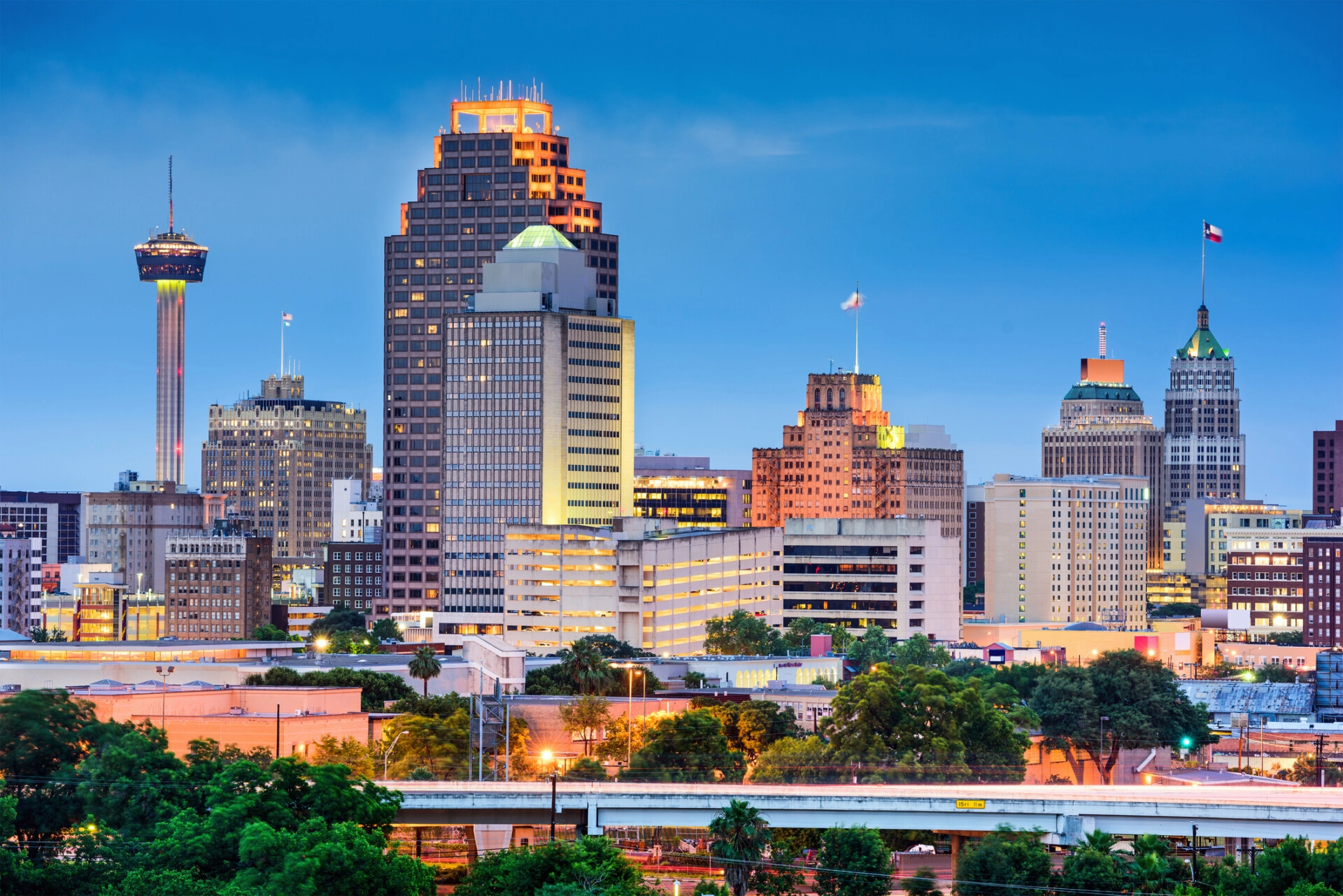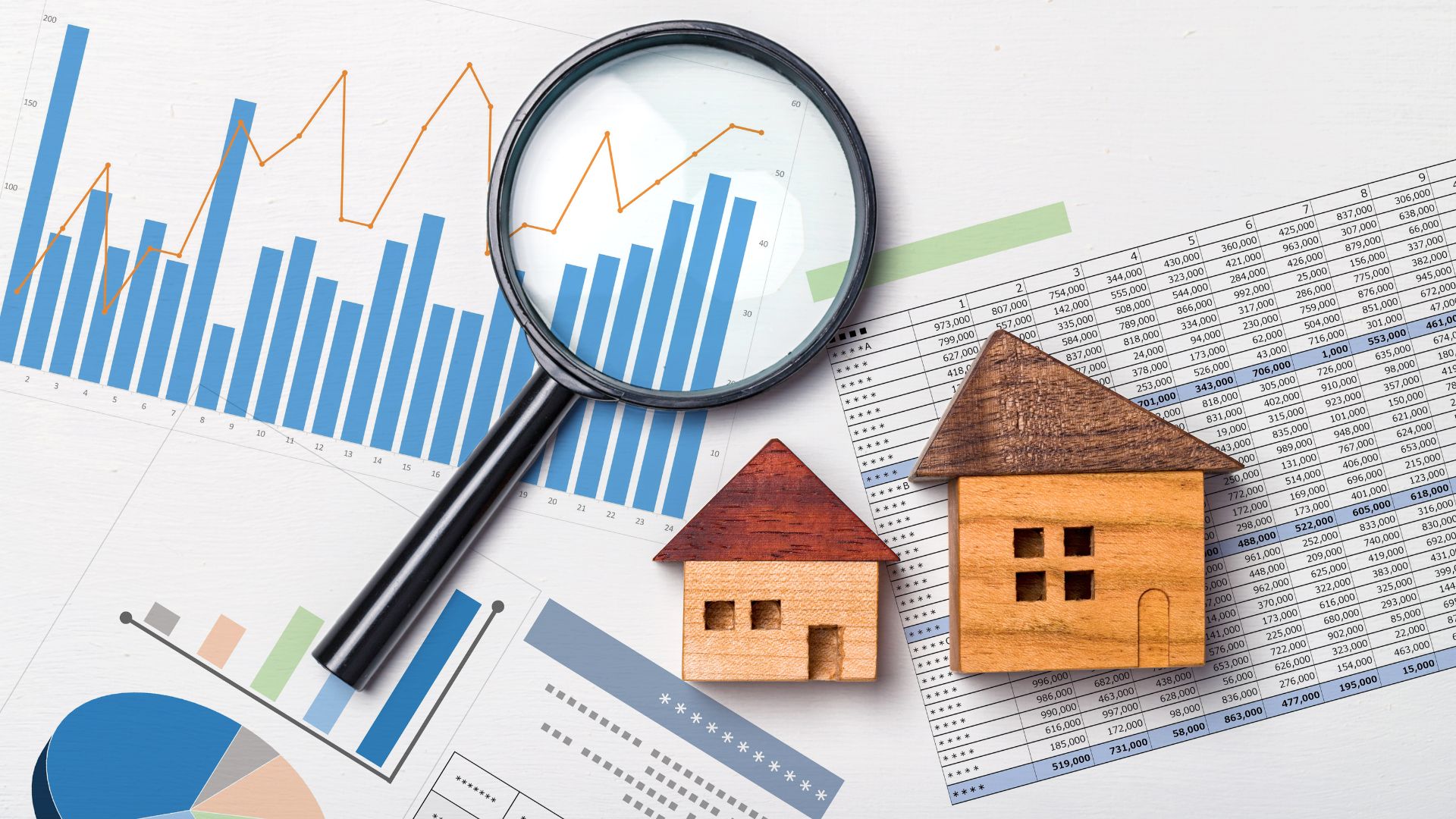At the beginning of the year, we wrote an article about what’s in store for Wildhorn Capital in 2020. We touched on our core belief that Central Texas was the best place to be investing, and as our home market we were going to continue to focus our efforts here. We talked about wanting to be opportunistic in Austin, and look for potential opportunities that might be just outside our core value-addValue-add is a strategy where an investor or property owner seeks to increase the value of a property by making significant improvements or changes to it. The goal is to enhance the property's appeal, functionality, and income-generating potential, which can lead to higher rental income, increased property valuation, and improved overall performance. View Definition investing play. Since that time, we’ve spent a lot of effort thinking about what those opportunities could look like.
Over the next couple of articles, we’re going to walk through where we believe those opportunities could exist and why they are interesting to us.
Before we dive into the first one though, let’s be very clear. We are not walking away from value-add apartment investing. We’ve built a portfolio of over $220,000,000 in Central Texas full of nothing but value-add deals. We believe in that space, as do our investors–we just raised $16,000,000 for our latest Austin deal, and there was a long list of back-up investors. However, as we think about what’s happening here we feel obligated and compelled to explore ways to continue to be opportunistic and bring value to investors.
Today’s Topic: Next Generation Development Deals
The growth in Austin has been explosive. The MSA now has over 2.3mm people. And it’s on pace to double yet again in the next 20 years. Institutional capital has flooded into the area, and everywhere you look there are cranes and new developments going up. Land prices are on the rise, and more and more buildings are being torn down to make way for new product.
In this environment, we see an opportunity to think two-steps ahead–and look for apartments that could be redeveloped in the next 10 years. Not something that needs to be torn down today. But perhaps something in a location that over the next 5 -7 years would make sense to explore for redevelopment.
The business strategy here is pretty simple. We’d still be looking for multifamily today to buy and operate. But in thinking about the exit we’d start paying much more attention to how much we’re paying for the dirt–not just the unit. We’ve written before about our belief that you make money when you sell and this strategy ties heavily to that belief. One of your potential sale targets would be to a developer.
A key part of this potential strategy is the belief that we’re starting to see some “value-add” deals come to market that just don’t have much life left. First off, they’ve been treated as a value-add for each of the last 3 owners, and there isn’t much else to improve. They’re also nearly 40-years old now and just a little long in the tooth. In another 5 years, what condition will they be in? What will the area they are in look like? It might just be ready for a redevelopment.
Now, a couple of caveats about this strategy.
First, the location is obviously critical, and likely much closer to the city core, along major corridors or in an high pocket of future growth. This is where our local market knowledge comes into play, and having deep relationships to know what the city is planning, what other developers and companies are thinking and where they are currently playing. A deal located in the suburbs surrounded by other 1980’s product likely doesn’t make sense to explore this strategy on. But something in the path of progress could be very interesting.
Second, we’re thinking about this in the context of the next business cycle. Even in Austin we’re preparing for an economic slowdown at some point. Things always cycle, and this run on the economy has been the longest in US history. Not exactly the time we’d want to jump into a 3 year development project. However, buying an existing asset that produces income and has a good chance to be development ready in 5-7 years–when we’re likely in the midst of the run on the economy? That could be interesting.
From an investor standpoint, this strategy looks a lot like our current deals. We’d be targeting a 5-7 year hold period. We’d be issuing cash flowThe money that is left over each month or year from the property's income after paying for operating costs, mortgage, taxes, and other expenses. Positive cash flow occurs when the income exceeds the expenses, while negative cash flow indicates that the property's expenses are higher than the income it generates. View Definition immediately. We’d be targeting a double-digit return. The biggest difference would be exploring and modeling two different exit options. One might be a straight sale. The other could be a development deal, where we partner with a developer and contribute the land as part of a new build. Obviously that strategy would extend the time frame of the investment, but would also elevate the returns.
In a world where we’re trying to continue to be opportunistic in Austin real estate, we’re continuing to explore ways to add value. If you’d be interested in an investment like this, we’d love to hear from you. Knowing investor appetite helps us stay focused on the best opportunities. And we think staying two-steps ahead is a pretty good thing to do right now.

Andrew Campbell is a native Austinite and Managing Partner at Wildhorn. He is a real estate entrepreneur who first broke into the business in 2008 as a passive investor. In 2010 he transitioned into active investing and management of a personal portfolio that grew to 76 units across Austin and San Antonio. He earned his stripes building and managing his personal portfolio before founding Wildhorn Capital and focusing on larger multifamily buildings. At Wildhorn, he is focused on Acquisitions and maintaining Investor Relations, utilizing his marketing and communications background to build long-term relationships.







